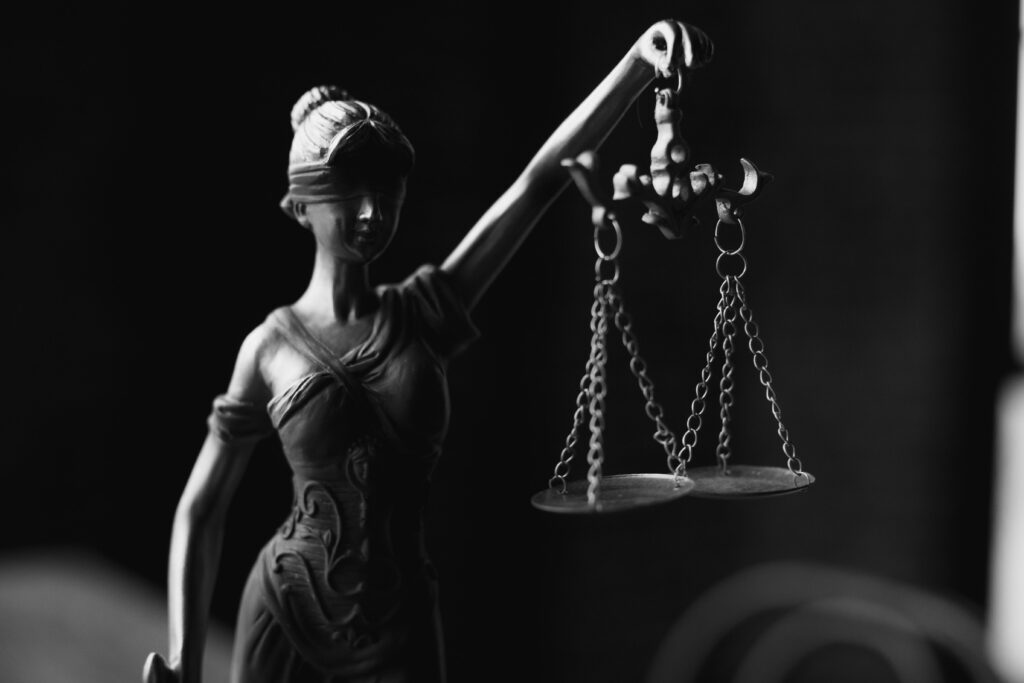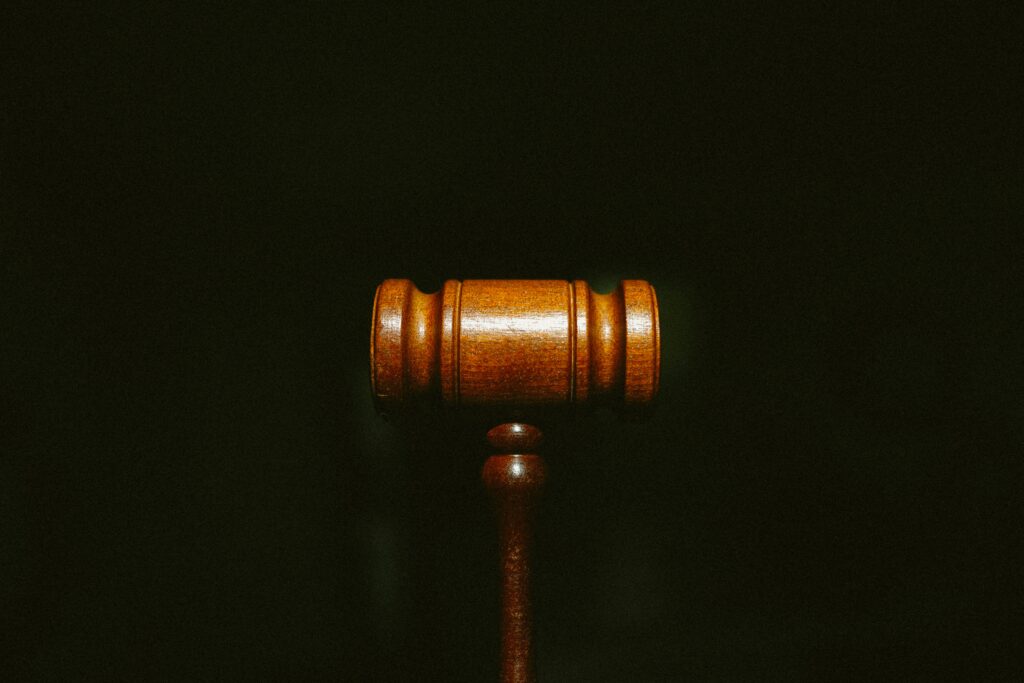Published On: November 19th 2025
Authored By: Rongala Jahnavi
Gitam Deemed to be University
Introduction
In India, rape is one of the most heinous crimes. In general, rape occurs when someone severely injures another person’s body and rights without that person’s consent. People experience severe pain as a result, which negatively affects their physical and mental well-being. When attempting to obtain justice, rape victims encounter numerous obstacles in various parts of India. For members of minority groups, indigenous communities, and those from lower socioeconomic origins, this is much more challenging.
Many arguments and modifications to India’s approach to rape may be found in the 1978 case of Tukaram and Others v. State of Maharashtra, commonly known as the Mathura Rape Case. Not only did Mathura, a young tribal girl, get raped, but the case also showed how the system let her down and how prejudices in society made it much more difficult for her to obtain justice. This instance highlights the need for improved victim care and a shift in how we address sexual abuse.
- Case Title: Tukaram and Another v. State of Maharashtra (1978)
- Citation: 1979 AIR 185, 1979 SCR (1) 810
- Court: Supreme Court of India
- Bench
- Honourable Justice A.D. Koshal,
- Honourable Justice Jaswant Singh,
- Honourable Justice P.S. Kailasam.
- Date of Judgment: September 15, 1978
- Relevant Statutes/Key Provisions: Sections 375, 376(1), 376(2), 376(3) Under IPC (BNS)
Brief Facts
An underage tribal girl named Mathura was taken to the Desai Ganj police station in Maharashtra after a small-scale domestic conflict. Mathura alleges that during her time in custody, two police officers, Tukaram and Ganpat, abused her. After Mathura told her relatives about the police officers’ actions, they lodged a complaint against them.
Due to the lack of obvious damage and any indication of Mathura struggle, the police officers were exonerated at the trial court. The court found that Mathura’s submissive manner and the lack of physical injury were indicators of acquiescence. Due to power imbalances and the use of force in the jail setting, the Bombay High Court reversed the conviction on appeal, ruling that Mathura could not have voluntarily consented to the act. The police officers were found to have abused their authority by the court. But the Supreme Court overturned the High Court’s decision and upheld the verdict, claiming that Mathura’s silence represented acquiescence. Because of the considerable outrage and disruption it caused, the case gained national recognition, highlighting the inadequacies in India’s legal system for handling rape allegations, particularly in confined settings.
Issues Involved
The main issue revolved around whether the victim agreed to the sexual activity willingly or if she was forced into it.
- Did the minor girl provide consent to the act?
- Will the appellants face charges under Section 376 of the Indian Penal Code?
- Does the act committed by the police officer constitute rape as outlined in the relevant section of the IPC?
- Are the reasons for the acquittal of the police officer by the Session Court deemed valid?
Arguments
Petitioner’s Arguments:
The appellants, Tukaram and Ganpat, contended that no illegal force was used during the sexual encounter and that Mathura had given his consent. As proof that Mathura had not been resisting the conduct in question, the lack of any visible symptoms of defiance or bodily harm was given, and this was taken to be acquiescence. The claim that Mathura was not against the act was supported by the argument. They argued that Mathura’s actions following the experience showed no signs of trauma or disagreement, supporting their assertion that the sexual encounter was completely voluntary.
Respondent’s Arguments
- The defendant, the State of Maharashtra, said that Mathura, the victim, provided reliable and authentic statements. They emphasized that the victim’s account of what happened was backed up by the facts and ought to be taken seriously.
- The defendant argued that the existing evidence was sufficient to establish the rape crime. They maintained that the victim’s claims and the medical findings were adequate justification for the penalty.
- The respondent insisted that there was no voluntary sexual contact. They emphasized that the evidence had shown that sexual activity was prohibited in Mathura, which was a crucial component in establishing the crime of rape.
Judgment
In 1979, the Supreme Court acquitted Mathura of rape, stating that it was a consensual sexual intercourse. The court referred to Section 375 of the Indian Penal Code, which defines rape and outlines five scenarios where sexual intercourse can be considered rape. Consent must be inferred from circumstances, and fear must be clearly established. The court also stressed the burden of proof in criminal cases, requiring prosecution to prove each element beyond a reasonable doubt. Inconsistencies in the victim’s testimony could raise doubts about her statements. The court also stressed the importance of assessing witnesses’ credibility before reaching a conclusion.
Ratio Decidendi
That the session judge was unable to find any convincing proof that the victim was less than 16 on the day of the incident. It was decided that Mathura was “a shocking liar” and that there were several falsehoods and improbabilities in his statement. Although it was concluded that there was no doubt that sexual relations had occurred between appellant No. 1 and Mathura, the victim, it was also said that there was no proof of rape. The appellant was subsequently found not guilty and it was decided that “sexual intercourse” and “rape” are two completely different things.
Furthermore, the High Court overturned the acquittal ruling on the grounds that the sexual encounter was coerced and thus constituted rape, although it agreed with the learned Sessions Judge’s conclusion regarding Mathura’s age. He made a mistake by failing to see the distinction between “passive submission” and consent.
The defense’s claim that Mathura knew the defendants or any of them before to the incident was rejected by the High Court. Therefore, it is quite unlikely that Mathura would approach the accused or urge him to satiate her sexual desires, and it is also impossible for a girl who was involved in a complaint brought by her brother to do so. Thus, it is implied that the accused must have taken the initiative, and if so, she was unable to oppose it.
Although the Court found that Tuka Ram had not attempted to commit rape, it did take Ganpat’s alleged fondling of the victim’s private areas into consideration.
On these grounds, the High Court found the appellants Tuka Ram and Ganpat guilty and sentenced them to one year and five years in jail, respectively.
As a result, the appellants filed the aforementioned appeal against the High Court’s ruling, and they presented the following arguments to the relevant court:
- Since the girl’s consent to the alleged sexual act was not directly proven, it had to be inferred from the circumstances. It was not possible to conclude from the circumstances that the girl had been subjected to or was under any kind of fear or compulsion that would support an inference of any “passive submission.”
- Since there are no visible signs of injuries on her body, the tale of stiff resistance proved untrue and the supposed sexual encounter was peaceful.
- It was also determined that the girl’s claims that she had yelled for assistance at the scene were untrue.
- According to the High Court, her fear-based submission to the act of sexual intercourse does not legally qualify as consent.
- The High Court loses sight of the fact that the accused took the girl away from her loved ones.
Obiter Dicta
Observations were made on the role of the judiciary as the guardian of Indian Penal Code (BNS)
Final Decision
The Supreme Court decided that, with the exception of rape, which is defined as having sex with a woman without her consent, the prosecution required to show every element of Section 375 of the Indian Penal Code. The court contended that the girl’s consent was not passive and was not acquired out of fear of harm or death. The court declared that the case involved consensual sexual contact and overturned the High Court’s ruling, acquitting the accused.
Following the Mathura Rape Case, a wave of protests was started by well-known attorneys and activists. They were dissatisfied with the Supreme Court’s handling of the case and believed it exposed serious shortcomings in the legal system. Because the two-finger test was intrusive and had several technical problems, it was believed to have an improper effect on the assessment of sexual assault cases. This was one of the most crucial aspects. This test, which was widely used at the time, lost some of its force in establishing rape since the Court disregarded it as insufficient proof. Some contended that when the Court imposed its expectations on Mathura, it ought to have considered the power dynamics at work in institutional rape cases. The Court incorrectly questioned Mathura’s consent and prior sexual behavior, implying that her involvement should be assumed, rather than focusing on the police officers’ misbehavior and her rights violations.
In order to preserve victims’ privacy and transfer the burden of proof to the guilty, Indian lawmakers amended the Indian Penal Code in 1983 by adding Section 228A as part of the Criminal Law Amendment Act. This Act also required in-camera sessions for rape trials and imposed harsher punishments for custodial rape. Law scholars also demanded a reexamination of the case in an open letter that highlighted the importance of civil rights and judicial neutrality.
Conclusion
Women’s rights groups were outraged and protested in large numbers after the Supreme Court’s decision in the Mathura rape case. These organizations contend that the court’s decision promoted blame-shifting and ignored the reality of oppressive conditions surrounding rape occurrences that occurred in prison settings. This led to important developments in Indian law, including the definition of rape being expanded and the recognition that the lack of physical violence does not prove assent. These changes were made as a result of this situation. As a result of this case, the Indian Penal Code (IPC) was changed in 1983.




